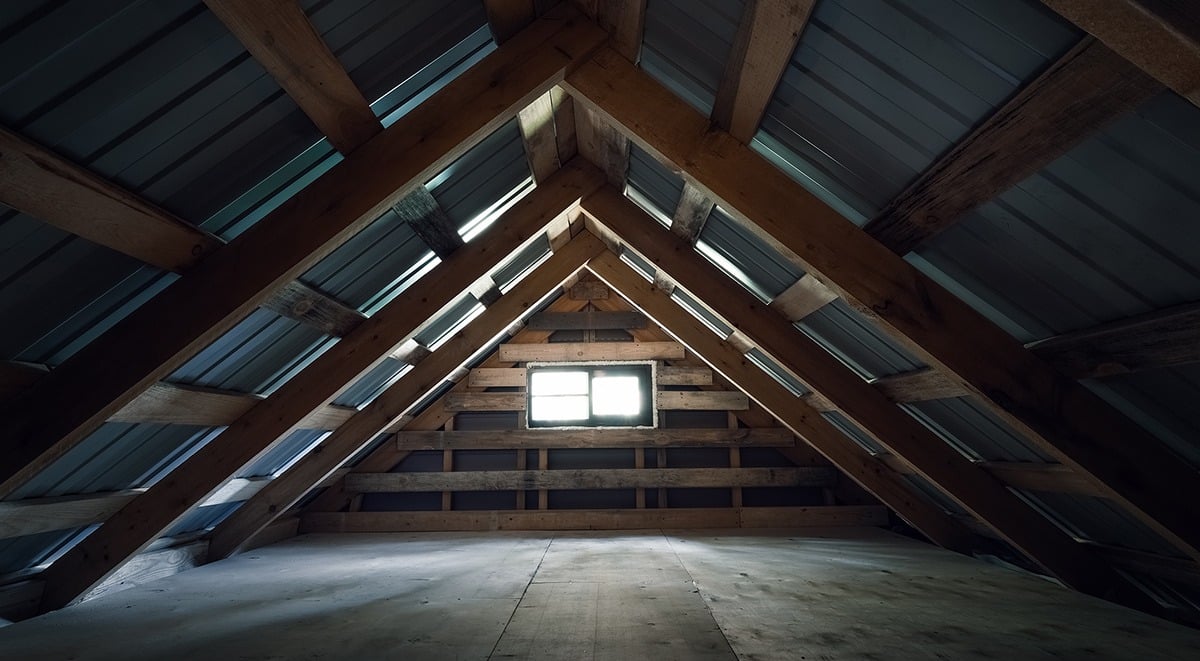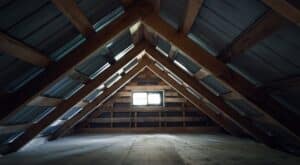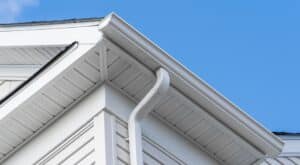It’s easy to overlook what’s happening in your attic—out of sight, out of mind, right? But when poor attic ventilation goes unnoticed, your roof and your wallet can pay the price. From moldy roof decking to sweltering upstairs temperatures, ventilation issues quietly chip away at your home’s comfort and durability. At Above Roofing, we’ve seen the damage firsthand in homes across West Michigan. That’s why we’re sharing the truth about attic airflow—and what homeowners can do to prevent major roofing issues before they start.
Why Attic Ventilation Is a Big Deal (Even If You Can’t See It)
Think of your attic as your roof’s respiratory system. If it can’t breathe, it builds up moisture in the winter and traps scorching heat in the summer. That one-two punch can silently destroy your roofing system from the inside out. What starts as poor airflow can lead to thousands of dollars in repairs, and sometimes even a full roof replacement.
The Silent Threat: How Poor Ventilation Damages Your Home
Most homeowners don’t realize there’s a problem until damage is already done. Improper attic ventilation can lead to:
-
Moisture buildup in winter: Trapped humid air rises from bathrooms and kitchens and condenses on the underside of your roof decking. That moisture causes wood rot and mold.
-
Excess heat in summer: Without proper airflow, attic temps can soar over 150°F—baking your shingles from beneath and forcing your A/C to work overtime.
-
Shorter roof lifespan: Rotting wood and overheated shingles can cause your roof to fail well before the end of its warranty period.
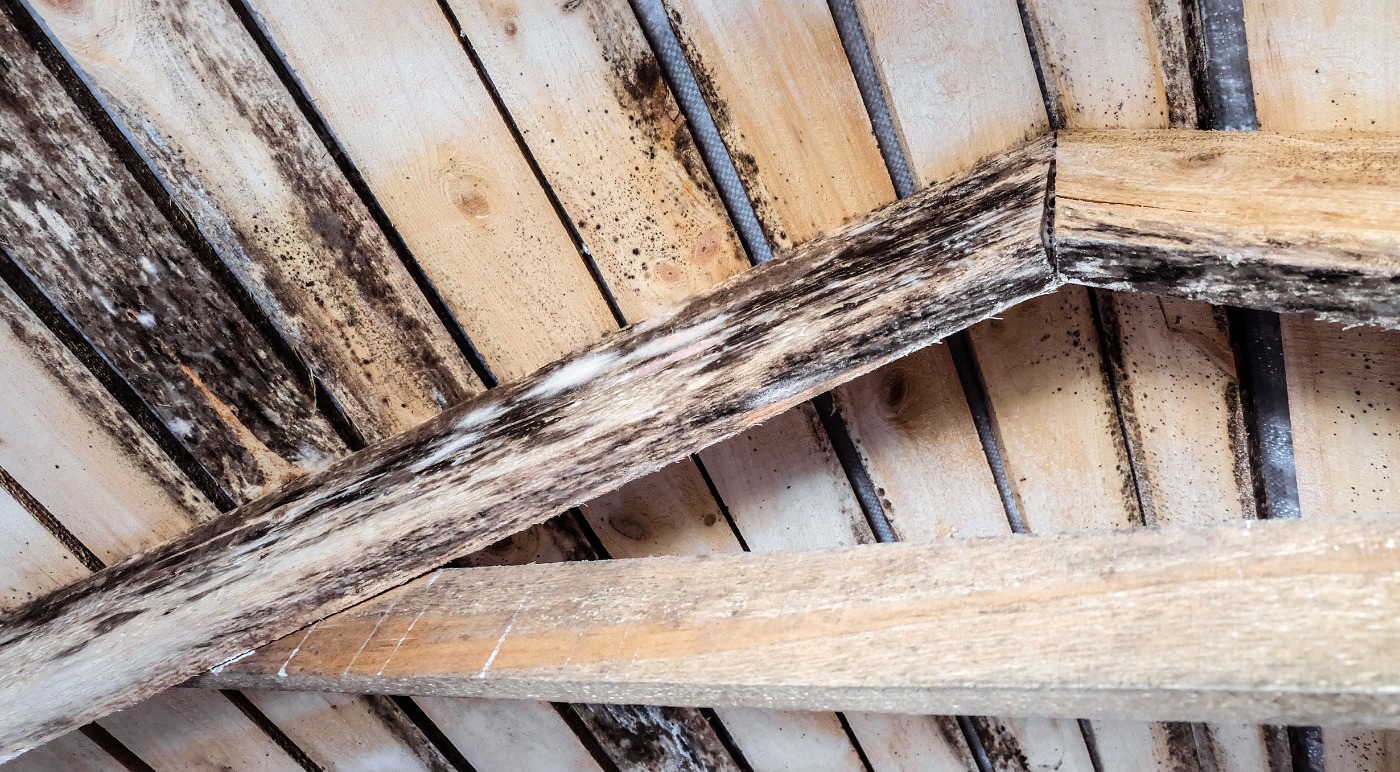
How to Tell If Your Attic Ventilation Is a Problem
West Michigan’s four-season climate puts extra pressure on attic ventilation systems. Many older homes—and even some new ones—aren’t properly equipped to handle the temperature and humidity swings. So how do you know if your home’s attic is breathing the way it should?
5 Warning Signs Your Attic Needs Help
If you notice any of the following, it’s time for a professional inspection:
-
Ice dams forming along the roofline in winter
-
Hot upstairs rooms that never cool down
-
Peeling paint or mildew smell in the attic
-
Shingles curling or blistering prematurely
-
Frequent HVAC use but rising energy bills
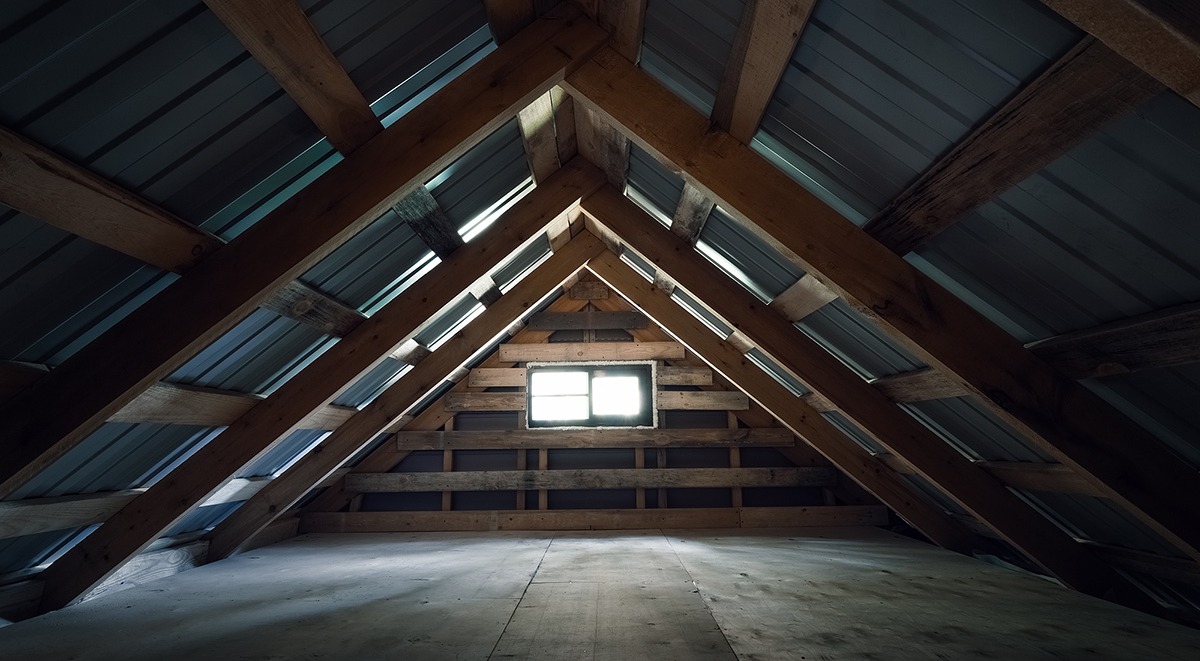
What Proper Attic Ventilation Looks Like
Effective attic ventilation is all about balance: a steady flow of cool air in through the soffit vents and warm, moist air out through the ridge or gable vents. But this balance is delicate, and even small errors can throw things off.
The Building Blocks of a Well-Ventilated Attic
Above Roofing’s certified experts evaluate and improve attic airflow using three critical systems:
-
Intake vents: Usually found under the eaves (soffits), these allow fresh outdoor air to enter the attic space.
-
Exhaust vents: Located at the top of the roof, they allow hot air and moisture to escape—usually through ridge vents or gable vents.
-
Balanced airflow design: Intake and exhaust must be properly matched to create continuous airflow that prevents stagnation.
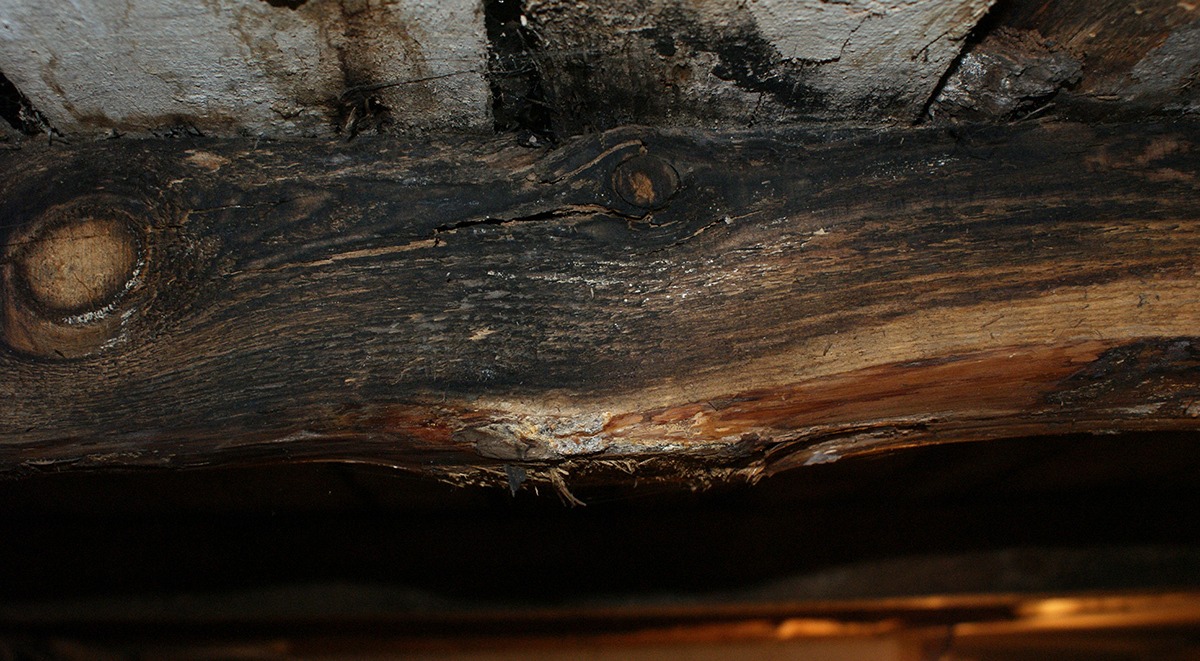
The Cost of Ignoring Poor Ventilation
Think attic ventilation isn’t urgent? Think again. The longer the problem festers, the more damage it can cause to your home and health. A study by the Building Science Corporation found that improper attic ventilation contributes to over 70% of premature roof failures in cold climates. In short, airflow problems don’t stay hidden forever—they just get expensive.
Real Costs You Could Face
-
Mold remediation: $500 to $6,000 depending on extent and access.
-
Roof deck replacement: $2,000 to $10,000 if the plywood has rotted through.
-
Increased cooling bills: Up to 20% more energy use due to overheated attics.
-
Full roof replacement: Often the only solution if ventilation issues persist too long.
How Above Roofing Fixes the Problem—For Good
At Above Roofing, we don’t just install beautiful new roofs—we make sure the systems supporting your roof are optimized for long-term performance. That starts with attic airflow. Before any roof replacement or repair, we perform a full inspection of your attic space and ventilation system to catch hidden issues early.
Upgrade Your Roof—Upgrade Your Home’s Efficiency
If your roof is already aging or showing signs of ventilation issues, now’s the time to act. A full roof replacement with Above Roofing isn’t just a cosmetic update—it’s an energy-efficiency overhaul. Our one-day installs include:
-
New high-performance shingle systems
-
Integrated intake and exhaust ventilation
-
Insulation upgrades if needed
-
Full debris protection with Equipter and tarps
-
Final inspection and peace-of-mind guarantee
And thanks to our new roof financing options, you can improve your attic airflow and roof durability with $0 down and no interest for 12 months.
Conclusion
Your attic is more than just storage—it’s the heartbeat of your home’s roof system. If you’re dealing with high cooling bills, mildew smells, or ice dams, your attic ventilation could be to blame. Don’t wait for minor problems to turn into major roof replacements. Contact Above Roofing for a free inspection and photo report, and let us help you protect what matters most under a properly ventilated, lifetime-warrantied roof.

